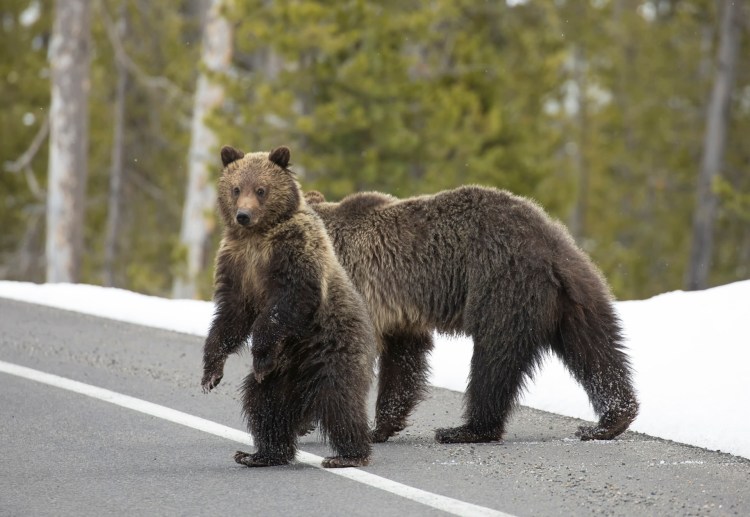As we confront increased ecological pressures, wildlife laws are a necessary protection for all the lifeforms of the world. These laws are humankind’s oath to conserve biodiversity and ensure that millions of animal species live on for future generations. Essays on wildlife protection laws can effectively balance legal and environmental perspectives, with support from resources like DoMyPaper.com to help students write papers. DoMyPaper.com offers professional writing services that are particularly helpful for students needing assistance with complex legal and environmental topics.
Before exploring this nuanced mix of law and the environment, we need to acknowledge that the best wildlife protection is a trade-off between human interest and the maintenance of natural systems.
Legal History of Wildlife Acts The History of Wildlife Laws
It is more than 100 years since wildlife protection legislation has passed through the United States. First conservation began after the loss of many species due to open-hunting and habitat destruction. The Lacey Act of 1900, the first federal statute protecting wildlife, was a great achievement. This legislation banned interstate commerce in illegally harvested animals and set the path for conservation legislation later on. As environmental consciousness developed through the 20th century, so did wildlife conservation in both its scope and sophistication.
What Constitutes the Core of Contemporary Wildlife Laws?
Writing essays on wildlife protection laws demands in-depth research and critical thinking, making the expertise of the best research paper writers invaluable for presenting balanced legal and environmental viewpoints. Contemporary wildlife laws involve all forms of conservation, from habitat conservation to species-specific protection. Wildlife conservation in the US traces its origins to the 1973 Endangered Species Act. This comprehensive legislation guarantees the protection of endangered and threatened plants and animals, and their natural ecosystems. Act requires federal departments to ensure that actions they create, fund or implement will not likely endanger any designated species or harm designated critical habitat.
|
Aspect of Protection |
Legal Mechanism |
Environmental Impact |
Implementation Challenges |
| Habitat Conservation | Critical Habitat Designation | Preserves ecosystems | Land use conflicts |
| Species Recovery | Recovery Plans | Increases populations | Limited resources |
| Trade Restrictions | Import/Export Regulations | Reduces exploitation | Enforcement difficulties |
| Hunting Regulations | Permits and Quotas | Maintains balance | Poaching concerns |
| Research Protection | Scientific Permits | Advances knowledge | Bureaucratic hurdles |
Enforcement Challenges and Solutions
Even with strong laws in place, wildlife protection is difficult to enforce. Deficit, limited resources, large territories to patrol, and advanced poaching make enforcing difficult. But there are solutions brewing. Satellite tracking, DNA detection and drone-based surveillance systems have improved how police departments identify and deter wildlife crimes. Moreover, increasing international collaboration has enhanced the international response to wildlife trafficking because criminal cartels usually operate across borders.
The Economic Case for Wildlife Protection
Enforcement of wildlife laws necessarily crosses into economic territory. Conservation law rebuffs logging, mining and real-estate construction industries. But biodiversity’s commercial utility goes far beyond short-term extraction. Ecosystem services, ecotourism and even the medical benefits of a wide range of animals add up to the long-term economic benefits of wildlife conservation. As for how economic incentives might fit conservation ambitions, this is a challenge for policymakers and conservationists alike.
Local People and their Contribution To Solutions
Wildlife conservation has traditionally relied on participation and local community advocacy. Classical practices of excluders from protected areas had been replaced by more open-door conservation. Community-based conservation programmes understand that human beings sharing habitat with wild animals are crucial protection partners. These schemes can integrate conservation with sustainable development, generating economies based on healthy ecosystems and populations.
Scientific Bases and Reactive Control
Animal conservation law should be based on good science, but allow room to evolve with new information and conditions. Adaptive management has been increasingly significant in wildlife management. That involves constantly tracking the results of protection actions and evolving strategies according to data. From naming habitats to managing populations, science informs everything to make sure conservation gets the job done.
International Partnership and Global Institutions
There is no limit to the wildlife and there is no limit to good protection. Global treaties, like the Convention on International Trade in Endangered Species of Wild Fauna and Flora (CITES), are important instruments of collective conservation. These global networks enable countries to share resources, expertise and practices. They also help to counteract the global nature of most threats to wildlife, from climate change to trafficking networks.
Emerging Threats: Climate Change and Land Use Loss
For the future of wildlife management, new issues require new legal and ecological responses. Habitat and migration have been transformed by climate change, so conservation must shift. Population growth and habitat destruction are continuing to threaten billions of species. Wildlife protection legislation today needs to manage these new threats while staying true to its primary objective of protecting biodiversity.
Public Outreach and Participation
Public opinion plays a crucial role in wildlife laws. Education programmes are critical in increasing awareness about conservation and establishing a wildlife protection base. When human beings grasp biodiversity and the interconnectedness of ecosystems, protection can be better supported and enforced. Education – whether through school projects or public awareness programs – remains an essential part of wildlife management.
End Point: A Sustainable Future
But as we build out and improve wildlife protection laws, navigating the right-to-nature equation remains paramount. Successful conservation requires a hybrid of strong law, robust enforcement, science, and public backing. If we are to learn from history, and remain open to new threats, then we can strive towards a world where humans and wild animals can live in sustainable balance. The way forward is to realize that wildlife protection is not a matter of law or environmental imperative; it is an integral part of how we survive and care for the planet we share.
Lead Image: A male greater sage grouse performed mating rituals for a female grouse, not pictured, on a lake outside Walden, Colo.Credit…David Zalubowski/Associated Press.






Leave a Reply